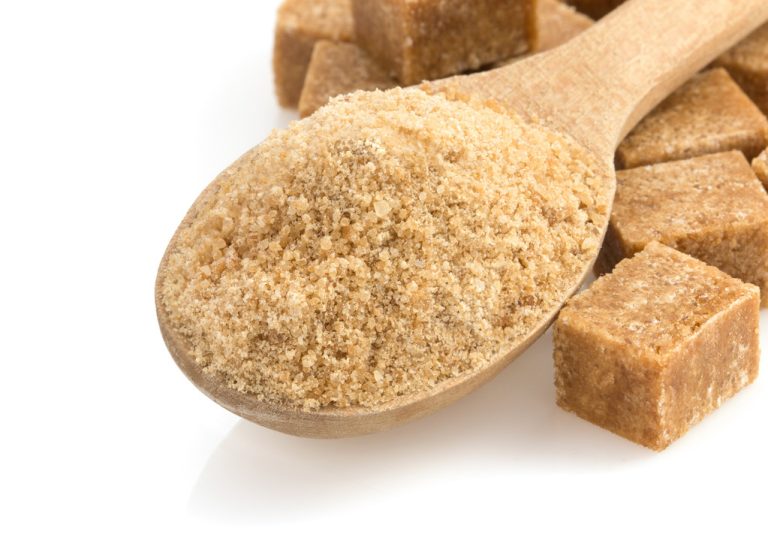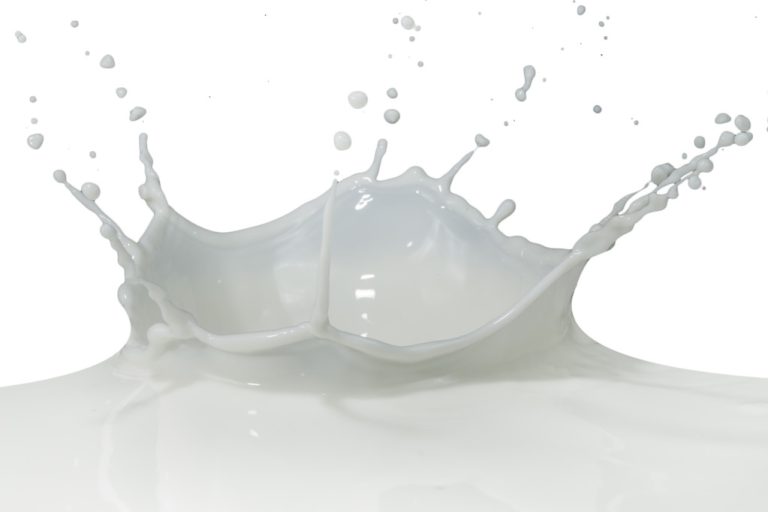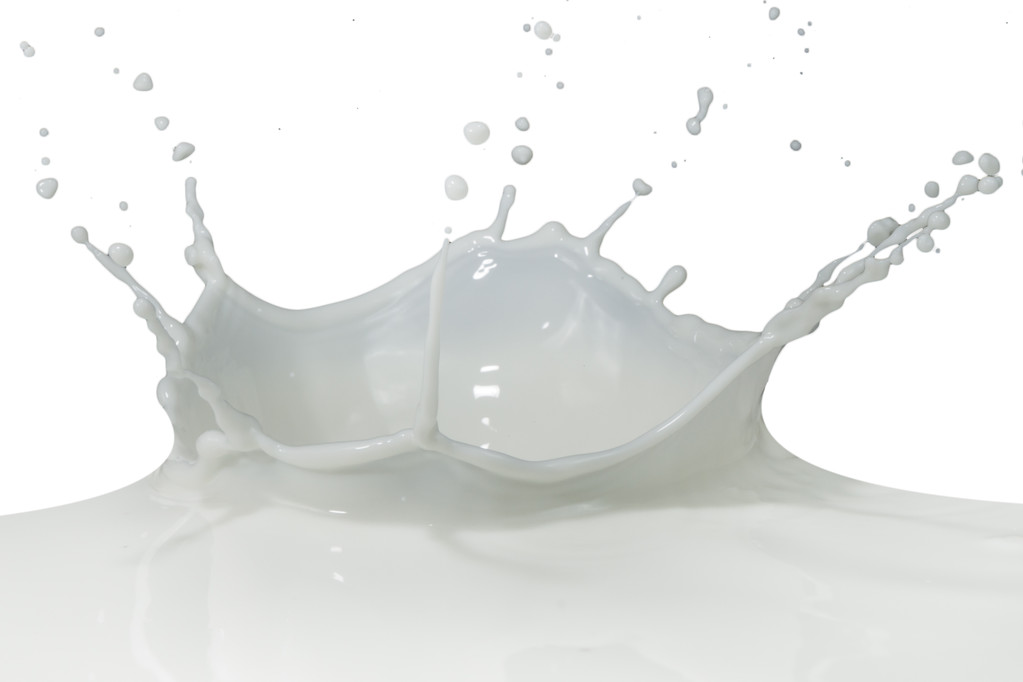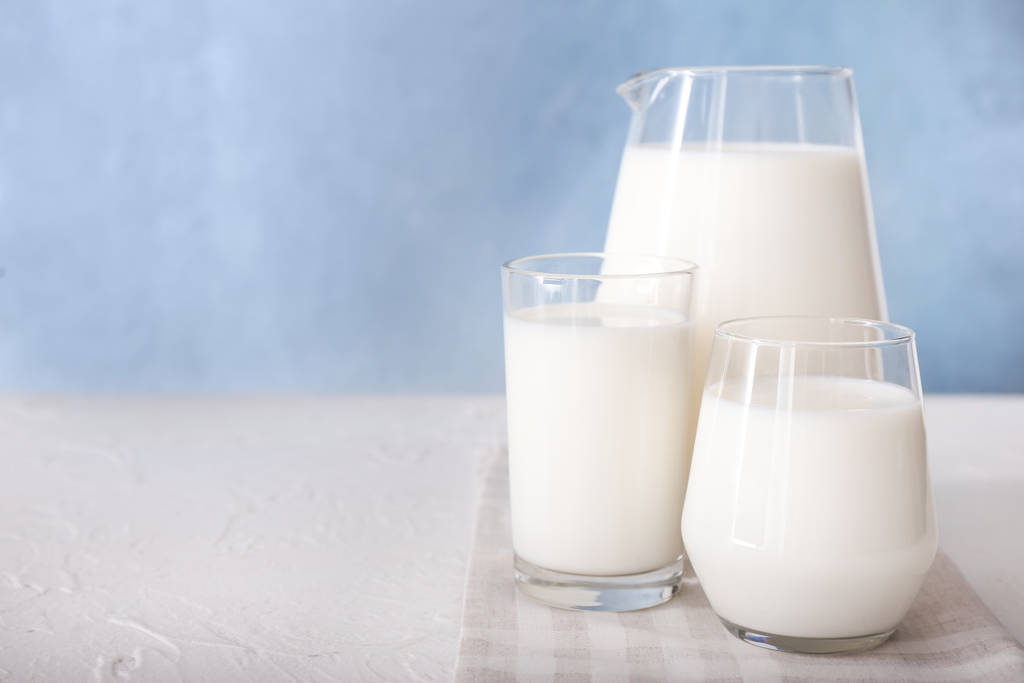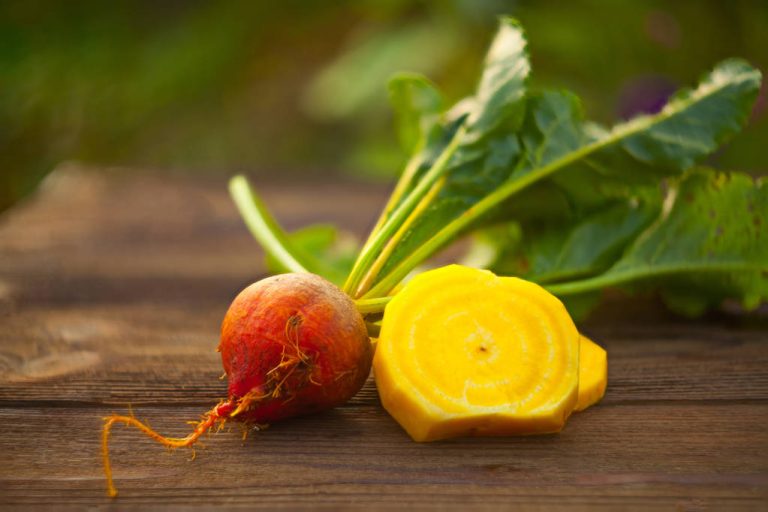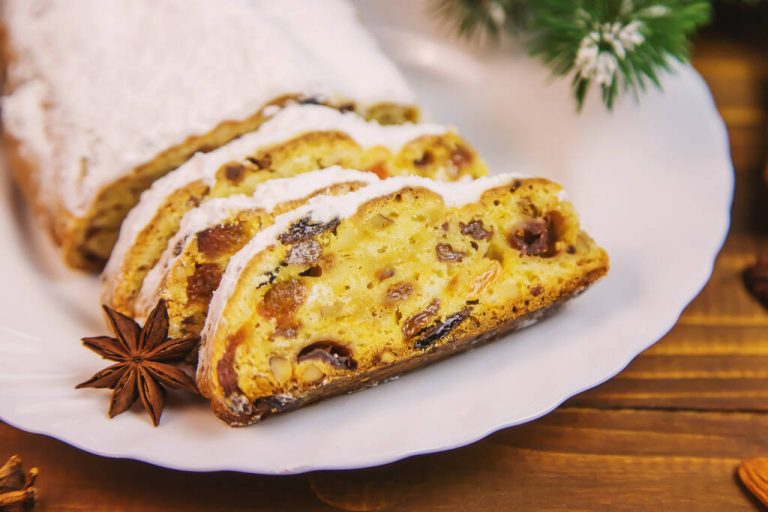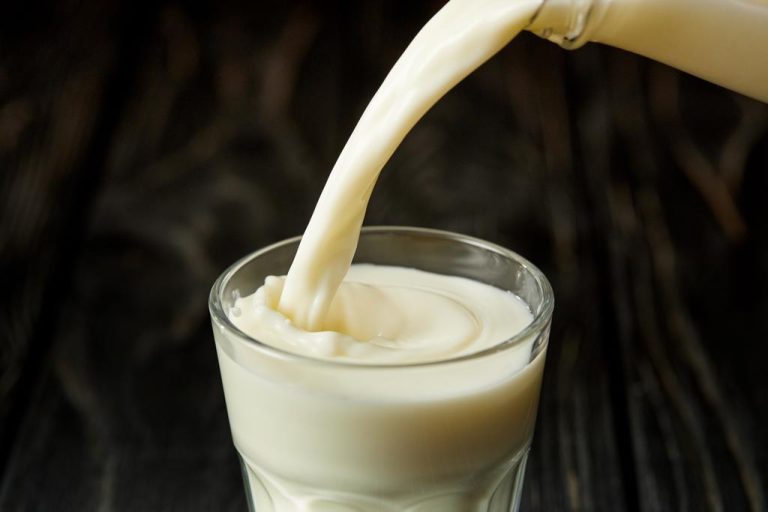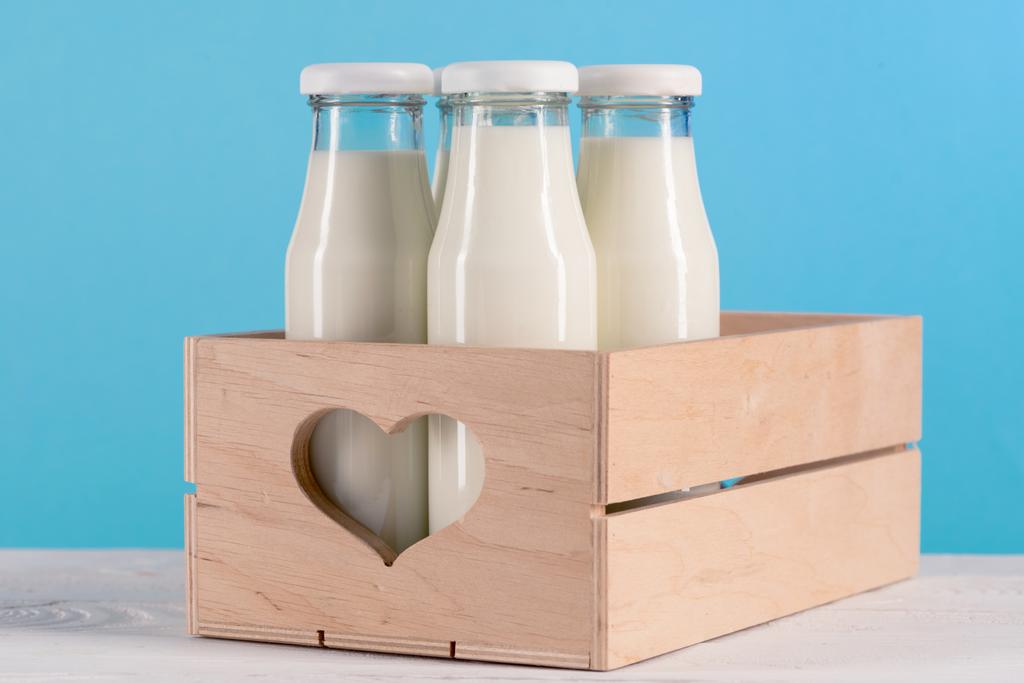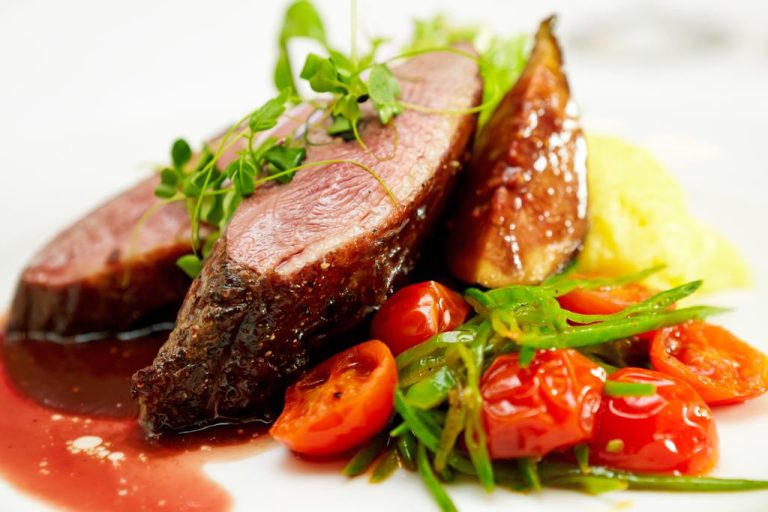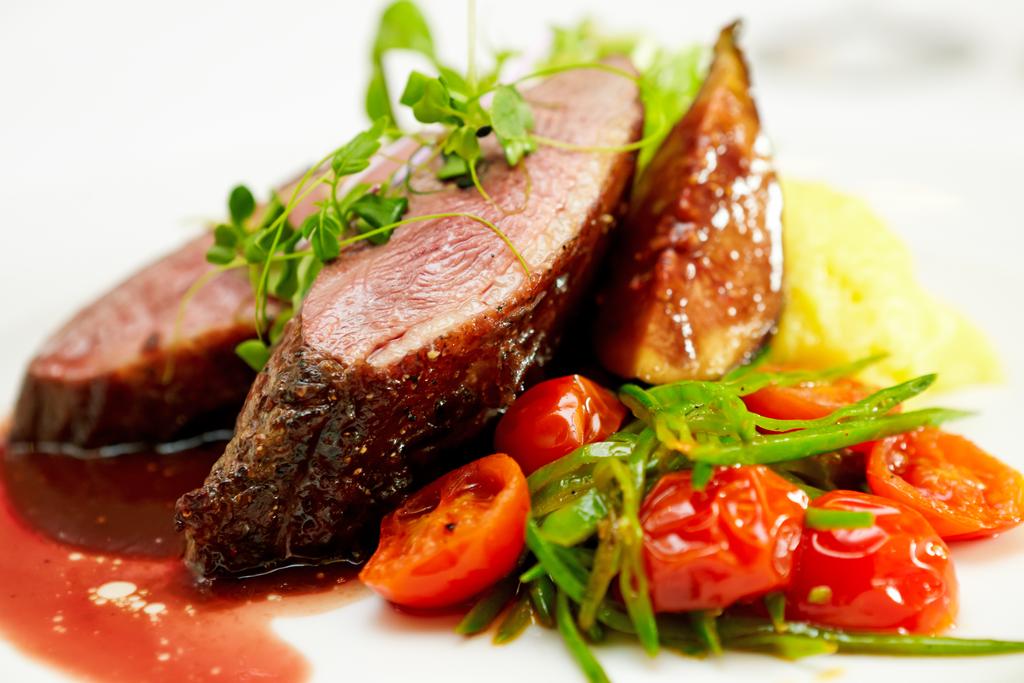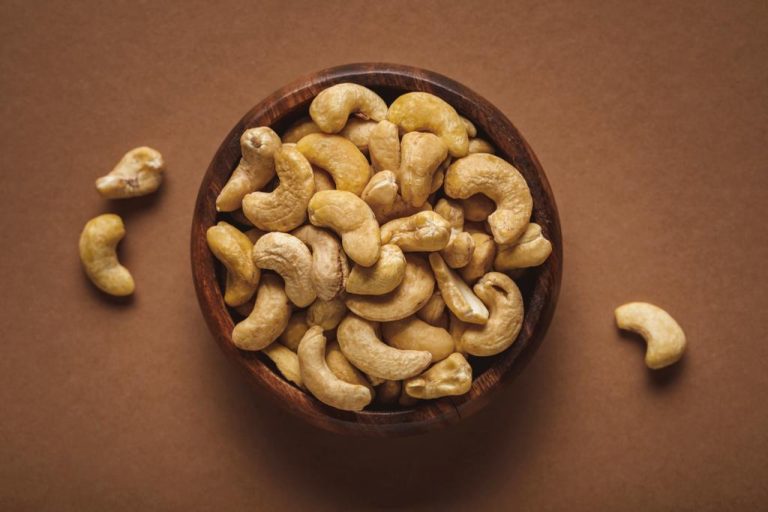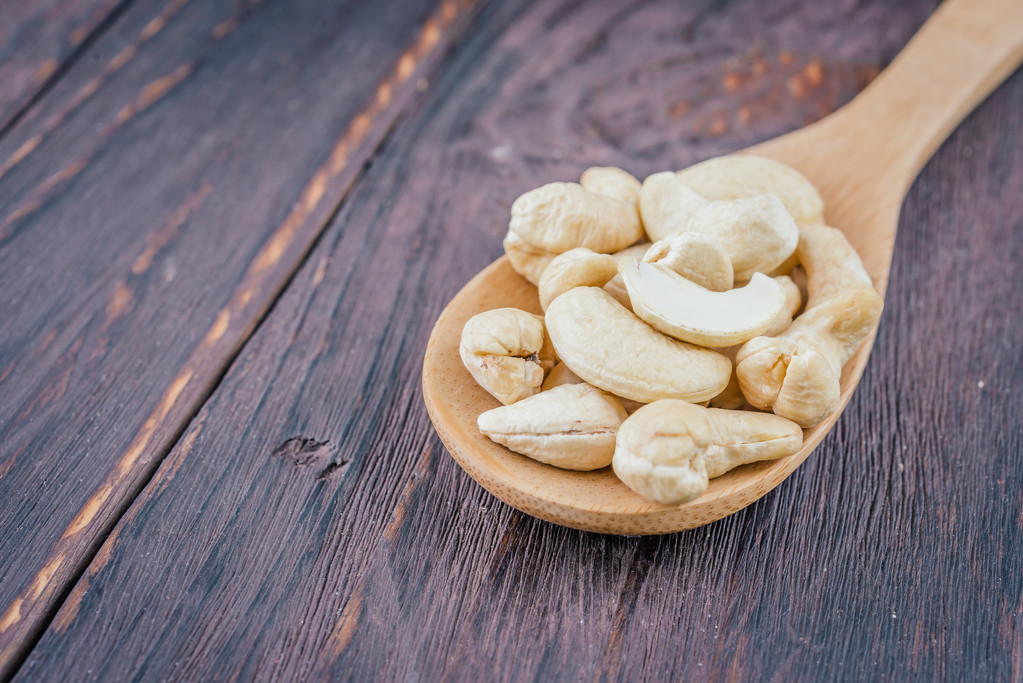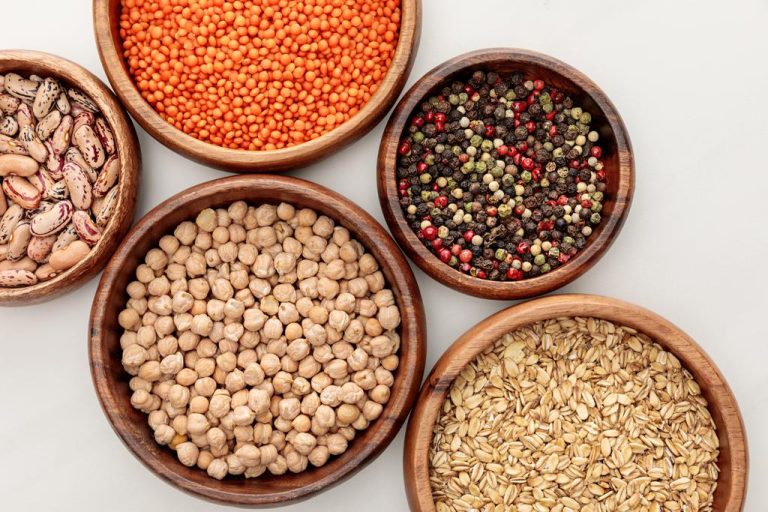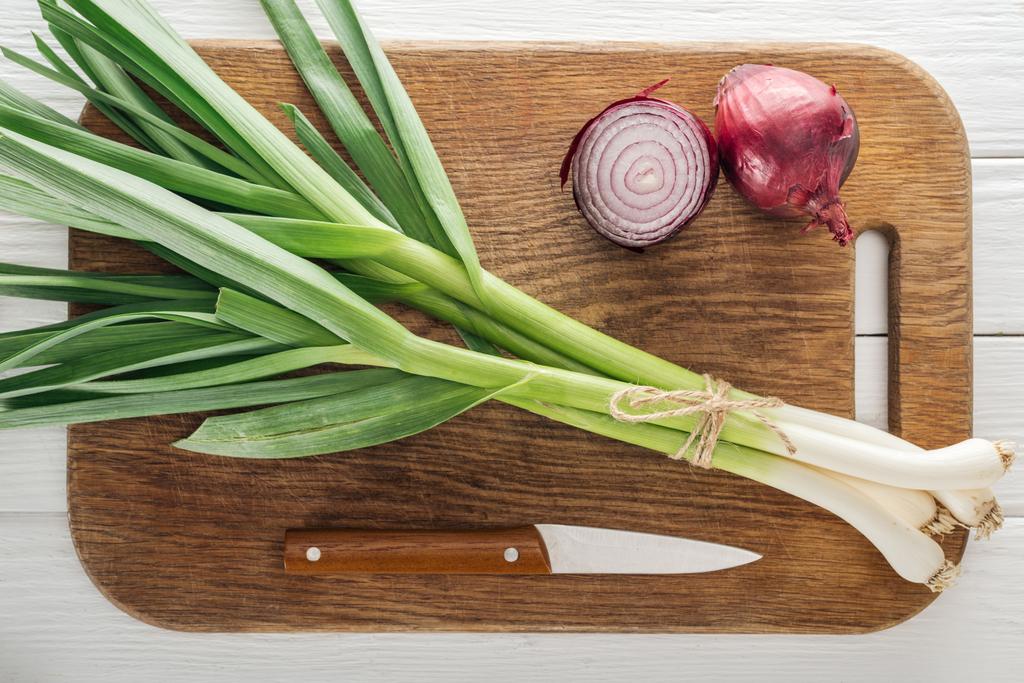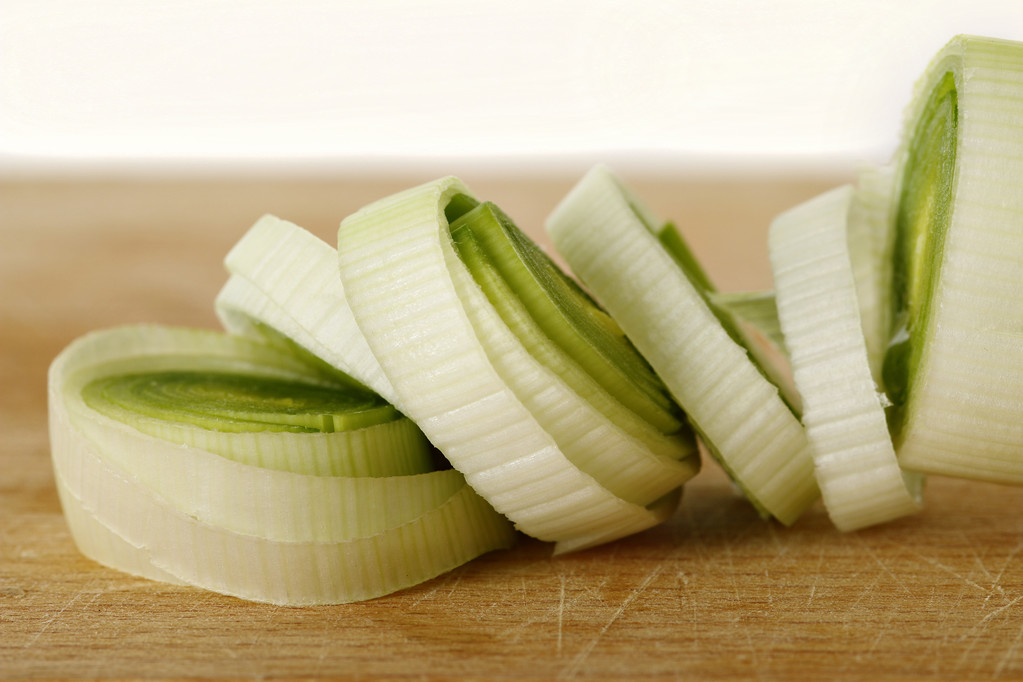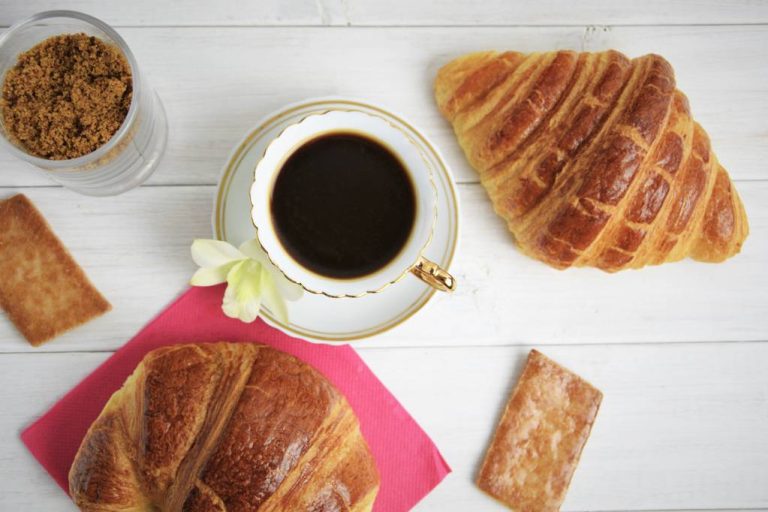Panela – Healthy, Nutritious Sugar Alternative or Unfounded Hype? Here you can find out everything you need to know about the sweetener from Latin America.

What is Panela?
Panela is a caramel-colored sugar mass that is an everyday staple in the sugar cane-growing regions of Central and South America. In these regions it is also known as panocha, raspadura, piloncillo, tapa dulce or chancaca. Similar sugar products are also widely available in Asian and African countries, such as gur in India, gula melaka in Malaysia and kokuto in Japan.
Latin American panela is made from sugar cane juice, which is boiled in copper kettles at high temperatures to form a viscous molasses. This then hardens at cooler temperatures and is then cut into smaller portions.
The difference to the white granulated sugar that is common in Europe is that the vitamins and minerals are retained in Panela because it is not refined. In contrast, conventional industrial sugar from sugar beets is deprived of all its nutrients by a centrifugal processing method. That’s why panela has a reputation for being healthier than granulated sugar.
Panela vs. Industrial Sugar: Is Panela Healthy?
It is now widely known that sugar is not exactly healthy. Normal industrial sugar is suspected of drastically increasing the risk of diseases such as obesity, diabetes, heart attacks, liver and kidney damage and cancer. Panela, on the other hand, is now being hailed as a healthy alternative. But is the sweetener from Latin America really that much healthier?
It is true that panela contains more nutrients than regular sugar. The sugar alternative contains, for example, iron, magnesium, potassium, zinc and calcium as well as vitamin B6 – but only in small amounts. In order to get enough nutrients from eating panela, you would have to eat a lot of it.
Panela is also said to support healthy digestion. However, there are no scientific studies to prove this.
Bottom Line: Panela is a bit healthier than industrial sugar as it contains some vitamins and minerals. Compared to other foods such as vegetables or legumes, however, the nutrient content is negligible. Other health-promoting effects of the sugar alternative have not been proven. Ultimately, panela is still mostly sugar and should only be consumed in moderation.
What you can use Panela for
Since panela has a similar consistency to regular sugar and one gram of panela is exactly one gram of sugar, you can use it in baking or cooking just like white sugar. The taste of Panela has a fruity-caramel note. Panela is therefore particularly suitable for baking cakes and biscuits and for preparing desserts.

Panela: What you should consider
When buying, you should definitely pay attention to organic quality for two reasons: On the one hand, you support the ecologically sustainable cultivation of sugar cane and do something good for the environment. On the other hand, you can be sure that the farmers have produced the Panela under fair working conditions.

